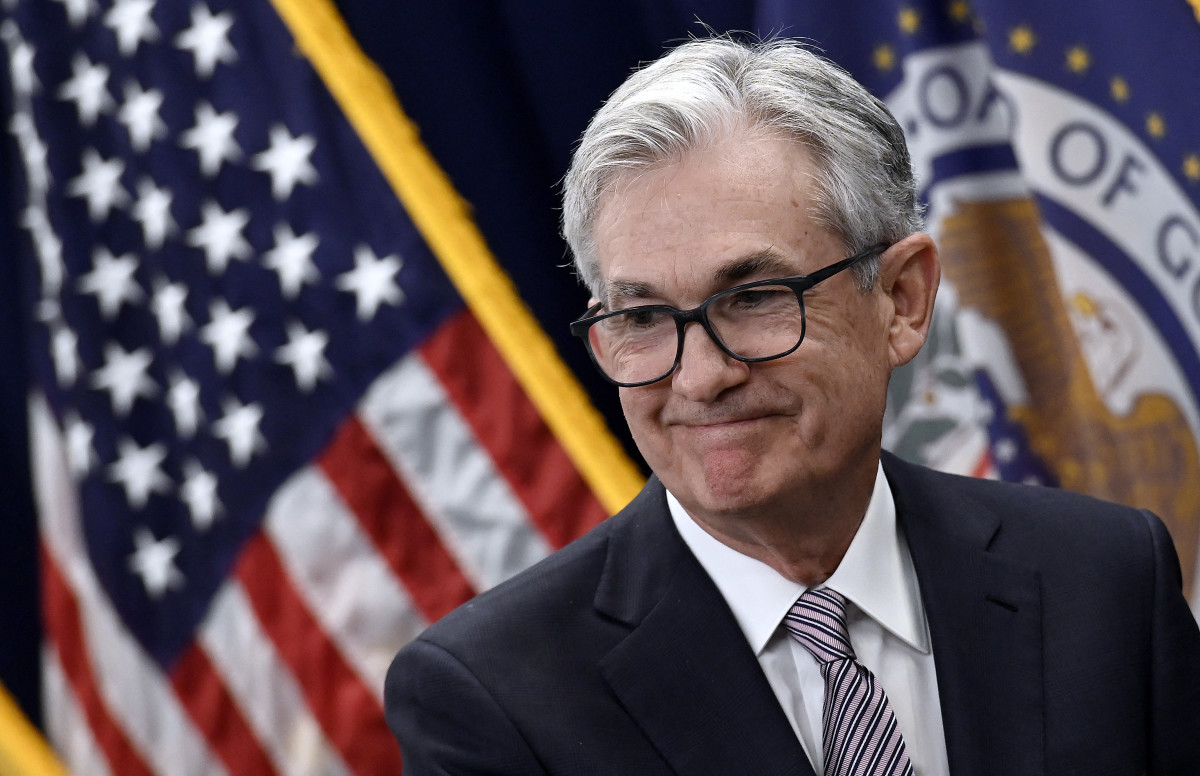
U.S. stocks traded higher Thursday trading, while the dollar slipped lower and market volatility gauges steadied, as investors looked for relief from the relentless rise in Treasury bond yields while tracking key jobless data and a speech from Federal Reserve Chairman Jerome Powell.
Stocks got an early boost from a final read of second quarter GDP data, which showed the economy expanded at a 2.1% clip. A key gauge of consumption, however, showed consumer spending only rose 0.8%, down from the estimate of about 1.5%.
That offset, to some degree, yesterday's largely bearish session, although stocks managed to grind out modest gains Wednesday, with the S&P 500 rising 0.02% on the session. That came even as Treasury yields hit fresh 2007 highs and oil prices rose to the highest levels since late last summer.
Government shutdown concerns were also front-and-center, and remain so heading into the Thursday session, after House Speaker Kevin McCarthy said a bi-partisan Senate spending bill, aimed at keeping the federal government funded until mid-November, would be unlikely to find support from Republican lawmakers.
Treasury yields, meanwhile, continue to march higher, with 10-year notes pegged at 4.61% in mid-day New York trading, a 60 basis point increase since the start of the month, and 2-year notes trading at 5.095%.
The U.S. dollar index, which hit a fresh 10-month high against its global peers yesterday, was marked 0.5% lower in overnight dealing at 106.127.
Global oil prices were also easing, following the first $95 print for WTI crude in more than a year yesterday following Energy Department showing domestic crude stockpiles fell by 2.2 million barrels last week, with inventories at the key distribution hub in Cushing, Oklahoma, falling to the lowest levels of the year
WTI crude futures for November delivery were last marked 76 cents lower at $92.92 per barrel, while Brent contracts for the same month slipped 58 cents to $95.97 per barrel.
On Wall Street, stocks are booking solid gains by mid-day trading, following a key reading for weekly jobless claims which showed only a modest 2,000 uptick in new benefit applications.
"Until there’s a clear break from this holding pattern, investors will be living with a hawkish Fed, higher-for-longer interest rates—and, likely, additional market volatility," he added.
The S&P 500 was marked 42 points higher, or 0.98%, while the Dow gained 244 points. The Nasdaq was marked 174 points, or 1.13% higher.
The CBOE group's VIX, the market's key volatility gauge, was marked 3.95% lower at 17.50 points.
"There’s still little indication the robust US economy is slowing significantly ... weekly jobless claims came in light, and the final estimate of Q2 GDP was unchanged," said Mark Etzkorn, senior manager at E*TRADE from Morgan Stanley.
Powell, meanwhile, will host a virtual 'Town Hall' meeting with teachers from around the country starting at 4:00 pm Eastern time, although it is unclear whether he will make any remarks directly related to the Fed's current policies.
The dollar pullback failed to lift global stocks, however, with the MSCI World index on pace for its 10th consecutive decline, the longest losing streak in two years, and Asia shares slumping to a 10 month low.
China shares were also active, but managed to eek out modest gains on the final trading session before the annual Golden Week of holidays closes markets until next Friday.
In Tokyo, the Nikkei 225 fell 1.54% as investors worried that the yen neared the 150 mark against the U.S. dollar, a level that is likely to trigger buying intervention from the Bank of Japan.
- Action Alerts PLUS offers expert portfolio guidance to help you make informed investing decisions. Sign up now.







